Rita Castro
Building the Right Product and Building It Right: A Glimpse into Extreme Programming, Atomic Design
#1about 2 minutes
Defining how to build the right product right
A product is built right when it is user-driven, has a clear vision, and is developed with practices like test-driven development.
#2about 3 minutes
The five core values of extreme programming
Extreme programming is founded on five values: communication, simplicity, feedback, courage, and respect, which foster a healthy and productive team environment.
#3about 2 minutes
Applying pair programming and test-driven development
Key practices of extreme programming include pair programming for collaborative coding and test-driven development (TDD) using the red-green-refactor cycle.
#4about 4 minutes
Discovering user pain points to drive product creation
User interviews revealed that car dealers struggled to track orders, leading to the development of a new car tracker product to solve this specific problem.
#5about 3 minutes
Integrating applications using a micro-frontend architecture
A micro-frontend architecture allows autonomous teams to build and deploy independent applications that are composed into a larger, cohesive user experience.
#6about 2 minutes
Structuring code with the atomic design methodology
Atomic design organizes UI components into a hierarchy of atoms, molecules, organisms, templates, and pages to create a more maintainable and consistent codebase.
#7about 3 minutes
Building atoms and molecules with test-driven development
Simple UI components like buttons (atoms) and icon-text pairs (molecules) can be built reliably by first writing a failing test and then implementing the code to make it pass.
#8about 3 minutes
Navigating the trade-offs of mocking in component tests
When testing complex components, teams must decide whether to mock dependencies for isolation or use real components to better simulate the actual user experience.
#9about 4 minutes
Writing readable tests for a complete user journey
By combining templates and pages, you can write end-to-end tests that clearly describe a user's entire workflow, from viewing a dashboard to navigating to a details page and back.
#10about 1 minute
Combining methodologies for high-quality software delivery
The combination of extreme programming, atomic design, and micro-frontends enables teams to independently deliver high-quality, consistent software at a faster pace.
Related jobs
Jobs that call for the skills explored in this talk.
Douglas GmbH
Düsseldorf, Germany
Intermediate
Senior
TypeScript
React
ROSEN Technology and Research Center GmbH
Osnabrück, Germany
Senior
TypeScript
React
+3
Matching moments

03:28 MIN
Shifting from talent acquisition to talent architecture
The Future of HR Lies in AND – Not in OR

06:51 MIN
Balancing business, technology, and people for holistic success
The Future of HR Lies in AND – Not in OR

06:59 MIN
Moving from 'or' to 'and' thinking in HR strategy
The Future of HR Lies in AND – Not in OR

06:04 MIN
The importance of a fighting spirit to avoid complacency
The Future of HR Lies in AND – Not in OR

05:10 MIN
How the HR function has evolved over three decades
The Future of HR Lies in AND – Not in OR

06:10 MIN
Understanding global differences in work culture and motivation
The Future of HR Lies in AND – Not in OR

03:13 MIN
How AI can create more human moments in HR
The Future of HR Lies in AND – Not in OR

04:22 MIN
Navigating ambiguity as a core HR competency
The Future of HR Lies in AND – Not in OR
Featured Partners
Related Videos
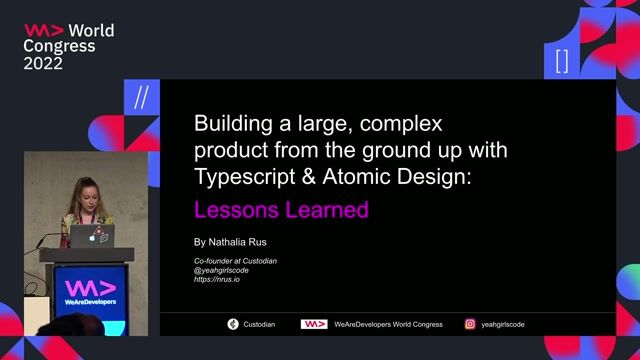 28:13
28:13Building a large, complex product from the ground up with typescript & Atomic Design:lessons learned
Nathalia Rus
 40:05
40:05Typescript, React and Atomic Design - a match made in heaven
Nathalia Rus
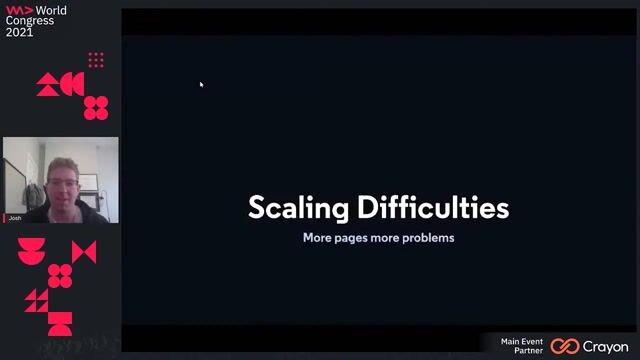 43:20
43:20Microfrontends at Scale
Josh Goldberg
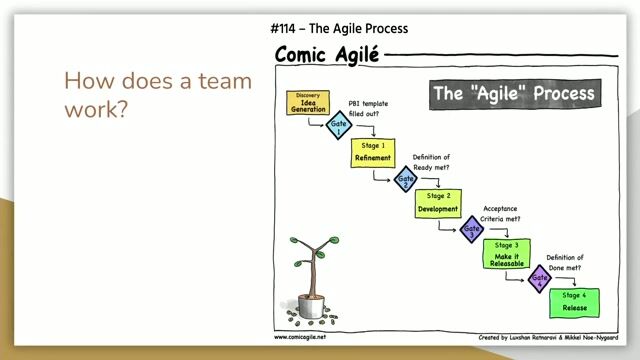 26:59
26:59An introduction to Extreme Programming
Jose Reales
 26:00
26:00To New Frontiers: The Future of Frontend Development
Rainer Hahnekamp
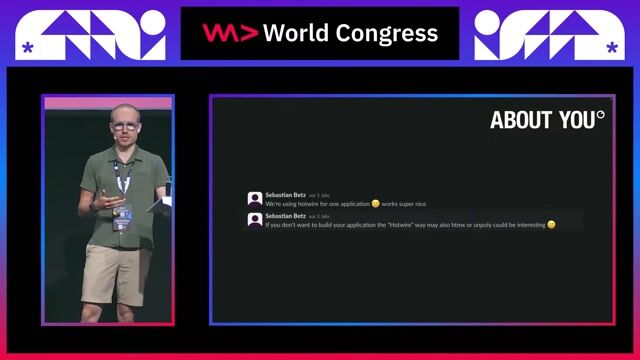 29:04
29:04Why HTMX is crushing React, Vue & Svelte.
Felix Eckhardt & Benedikt Stemmildt
 54:22
54:22Breaking Down Silos Between Design and Development
Erica Rider & Stan Carrico
 46:24
46:24The Rise of Reactive Microservices
David Leitner
Related Articles
View all articles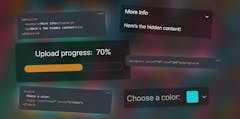



From learning to earning
Jobs that call for the skills explored in this talk.

Twin.Link GmbH
Osnabrück, Germany
Intermediate
Senior
React
TypeScript


Patronus Group
Berlin, Germany
Senior
Kotlin
Spring Boot
Amazon Web Services (AWS)

MARKT-PILOT GmbH
Stuttgart, Germany
Remote
€75-90K
Senior
Java
Angular
TypeScript


itdesign GmbH
Tübingen, Germany
Remote
GIT
Java
Scrum
React
+5


